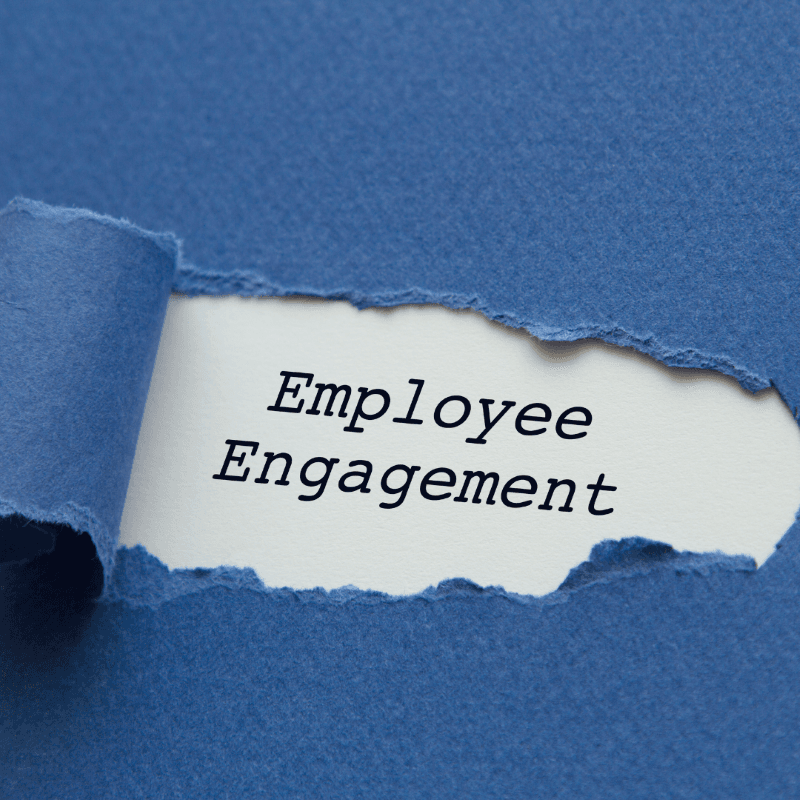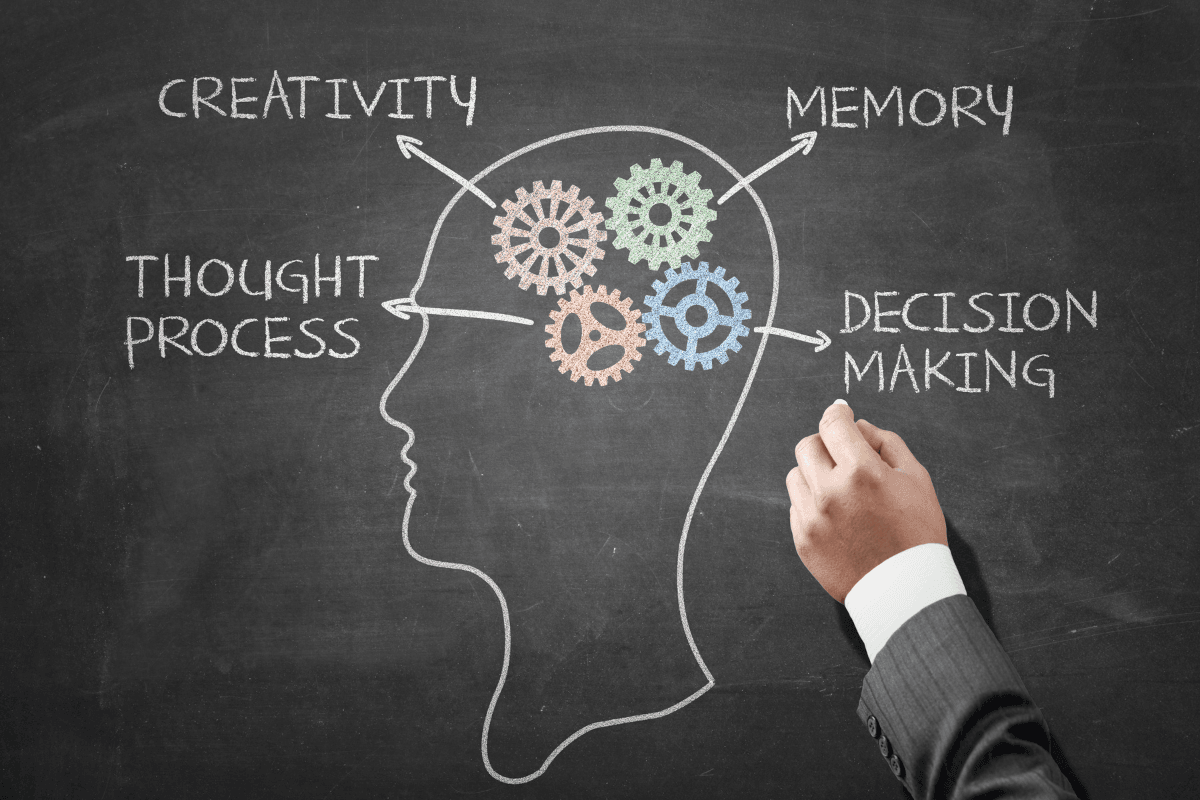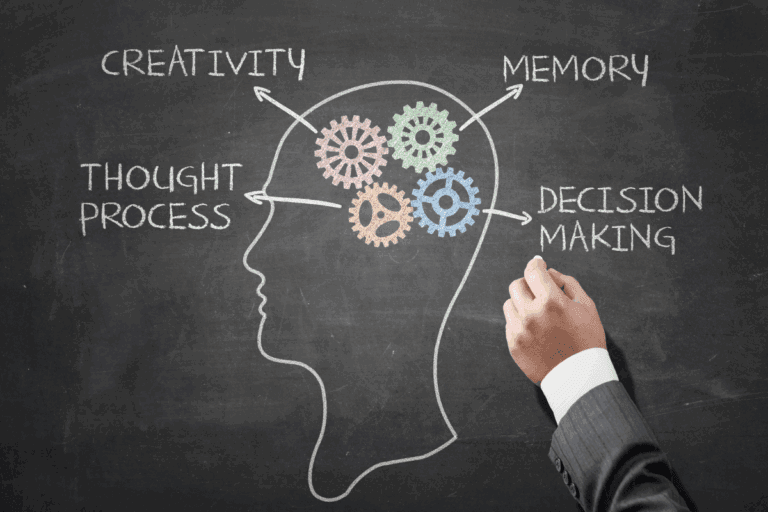Bolstering Your Business Through Employee Engagement
The success of your organization doesn’t just hinge on innovative products or efficient systems; it depends on your people. Engaged employees are the lifeblood of thriving organizations. They bring a focused energy, vibrant creativity, and a loyal commitment to the workplace. That engagement directly affects your bottom line.
Yet, many leaders underestimate the power of engagement, or they struggle to cultivate it in a meaningful and lasting way. At Buttimer Consulting, we’ve spent decades helping organizations unlock this critical factor for success.

What Is Employee Engagement Really?
Employee engagement is the emotional commitment an employee has to their role, their team, and the organization’s mission. When employees are engaged, they’re not just clocking in; they’re bringing their whole selves to work. They feel a sense of purpose. They care about outcomes. They take the initiative. They go the extra mile.
Disengaged employees, on the other hand, may do the bare minimum, contribute less to team morale, and are more likely to leave, driving up turnover costs and slowing progress. They show up in the form of presenteeism: they are there in person or online, but their mind is somewhere else altogether. They are present but unaccounted for.

Why Engagement Matters to Your Bottom Line
Research shows high levels of employee engagement lead to the outperformance of competitors in several key areas:
- Higher productivity and innovation
- Greater customer satisfaction
- Lower turnover and absenteeism
- Increased profitability
In fact, Gallup reports that engaged workplaces are 21% more profitable on average. That’s no small figure. Investing in employee engagement is not a “soft” strategy; it’s a wise business decision.

The Mindful Approach to Engagement
At Buttimer Consulting, we advocate for a mindful leadership approach to employee engagement. This means cultivating awareness, authenticity, and compassion in how you lead, listen, and direct. Here are some mindful engagement strategies that make a real impact:
1. Connect to Purpose
People want to know that their work matters. Leaders who regularly reinforce the organization’s purpose and link each role to that purpose foster a more profound sense of meaning and belonging.
Tip: At your next team meeting, share a real story of how your service or product made a difference in someone’s life. If possible, highlight one of your employees.
2. Open the Lines of Communication
Mindful communication goes beyond open-door policies. It requires actively listening, asking meaningful questions, and being present. When employees feel heard, they feel valued. Feeling valued motivates them to perform optimally.
Ask: What’s one small change that would improve your experience at work?
3. Invest in Growth
Engaged employees see a future with your organization. Offering coaching, mentoring, leadership development, and skills training shows them you’re invested in their personal and professional growth.
Our customized, corporate training programs are designed to cultivate talent from the inside out, which supports your employee retention initiatives.
4. Foster Psychological Safety
When people feel safe to speak up, suggest ideas, and admit mistakes without fear of retribution, innovation flourishes. Leaders set the tone for this environment through humility, consistency, and empathetic wisdom.
5. Celebrate Progress, Not Just Outcomes
Recognizing effort, milestones, and collaboration reinforces a culture of appreciation and keeps motivation high—even during challenging times.

Case Example: Turning Engagement Around
One of our recent clients, a mid-size healthcare organization, came to us struggling with low morale and high turnover. Staff surveys revealed disengagement across multiple departments.
Through a customized engagement strategy, we introduced mindfulness-based leadership training, communication workshops, and coaching for managers. Within six months, they saw:
- A 35% increase in employee engagement scores
- A 25% drop in turnover
- Improved patient satisfaction ratings
The biggest takeaway? When leaders changed how they showed up, employees followed suit. Engagement has a ripple effect.

Start Where You Are
Engagement doesn’t happen overnight, and it doesn’t come from a single HR initiative. It’s a mindset, a culture, and a practice. Whether you lead a small team or a large organization, you can begin by tuning in, asking better questions, and creating space for authentic connection and a positive, high performing workplace culture.
Ready to Elevate Your Team?
If you’re looking to strengthen your culture, energize your people, and boost your business through employee engagement, we’re here to help!
📩 Contact Us Today for a complimentary discovery session.
📘 Explore our Leadership Development Programs to see how we support thriving workplaces.
🎥 Or visit our YouTube Channel for insightful tips and tools on mindful leadership.
Let’s build a more engaged, resilient, and prosperous future together.









